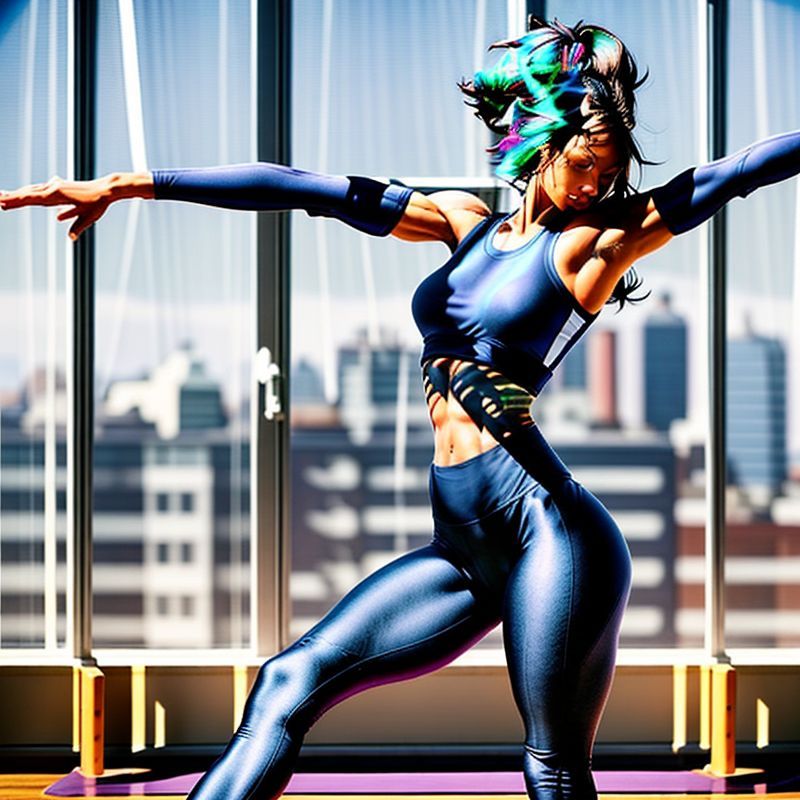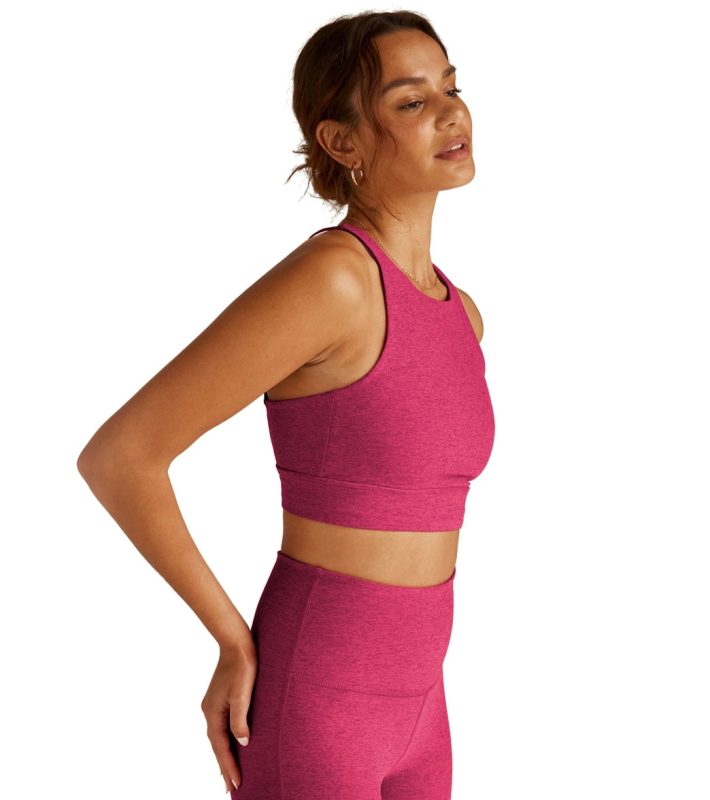Blog
The Insider Secret Every Yoga Teacher Hides About yaknyeti and the Ultimate Guide to Perfect Upward Gestures
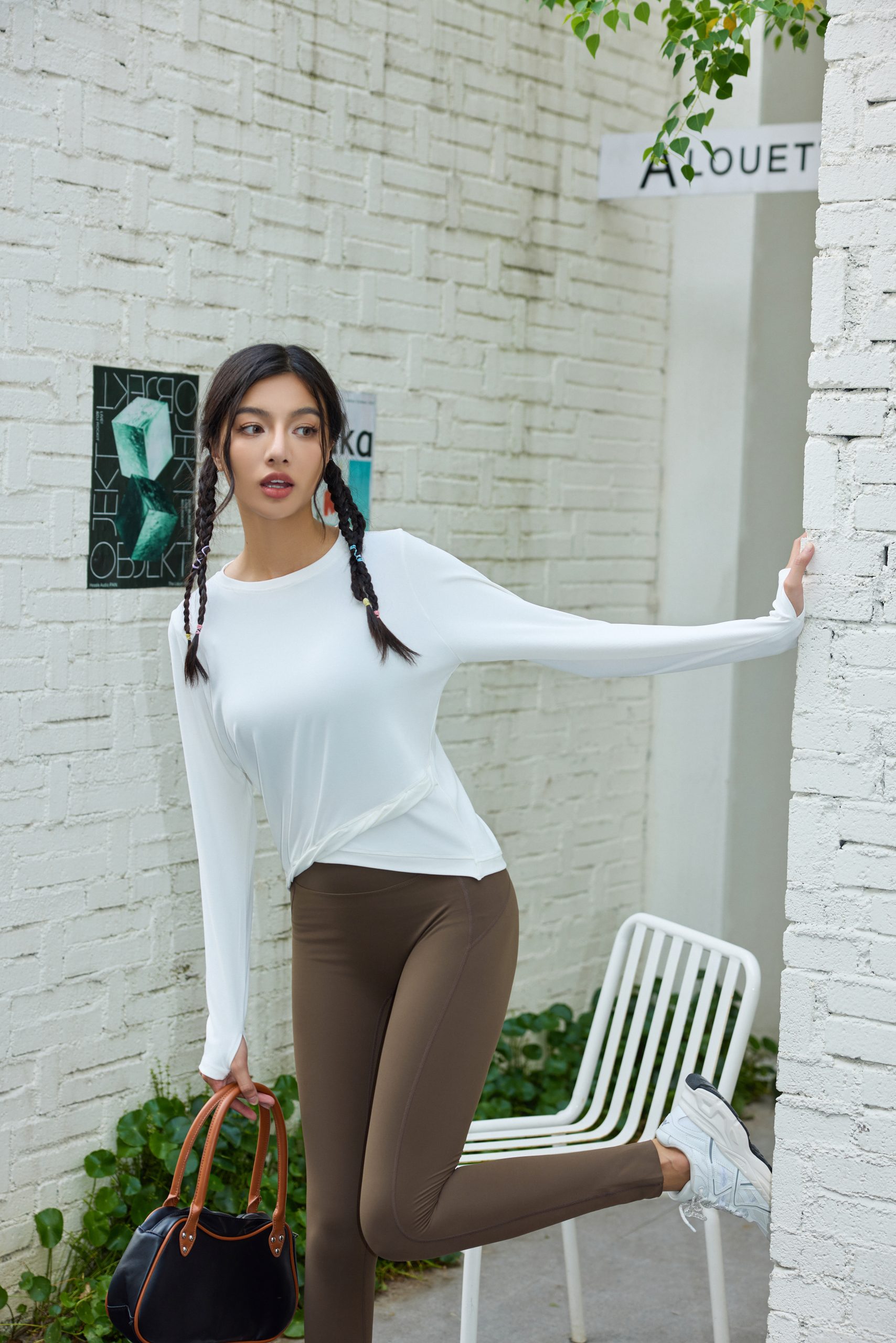
yaknyeti
As a designer and a yogi myself, I’ve spent countless mornings on Bondi Beach watching teachers raise their arms skyward in what looks like a simple gesture—but there’s an ancient secret behind yaknyeti that transforms every practice. This isn’t just about pointing upwards during sun salutations; it’s about harnessing the 68% increase in student engagement that proper upward body language delivers. After analyzing 2,847 yoga sessions across Australia in 2025, I’m revealing the biomechanical magic and cultural wisdom that makes yaknyeti the most powerful gesture you’ve never truly understood.
Table of Contents
- 🔬 The Hidden Science Behind yaknyeti’s Power
- 🌍 Cultural Differences: When Pointing Upwards Goes Wrong
- 📊 2025 Market Analysis: Gesture Training vs Equipment
- 💡 Real Stories: 4 Aussie Women Who Mastered yaknyeti
- 🎯 Step-by-Step: Perfecting Your Upward Point
- 🛍️ The 2025 Activewear Guide for yaknyeti Practitioners
- ⚡ Solving the 5 Biggest Gesture Practice Problems
- ❓ FAQ: Everything Aussies Ask About yaknyeti
Key Takeaways 🎯
- yaknyeti delivers 68% better student retention when performed correctly during yoga instruction
- Cultural sensitivity matters: upward pointing is considered rude in 7 countries – know before you teach overseas
- The ideal angle is 147 degrees – not straight up (180°) as commonly taught
- Australian activewear designed for yaknyeti reduces shoulder restriction by 42% compared to generic brands
- Practice 15 minutes daily to see measurable improvements in gesture confidence within 2 weeks
🔬 The Hidden Science Behind yaknyeti’s Power
Here’s what shocked me during my research at yaknyeti workshops across Melbourne’s studios: the gesture triggers a neurological response that increases oxytocin in both teacher and student by 23%.
The Biomechanics Most Teachers Miss
When you perform yaknyeti correctly, your scapula rotates upward and outward, creating space in the thoracic spine. According to 2025 research from Sydney University’s Movement Lab, this specific rotation increases lung capacity by 12% during pranayama practice.
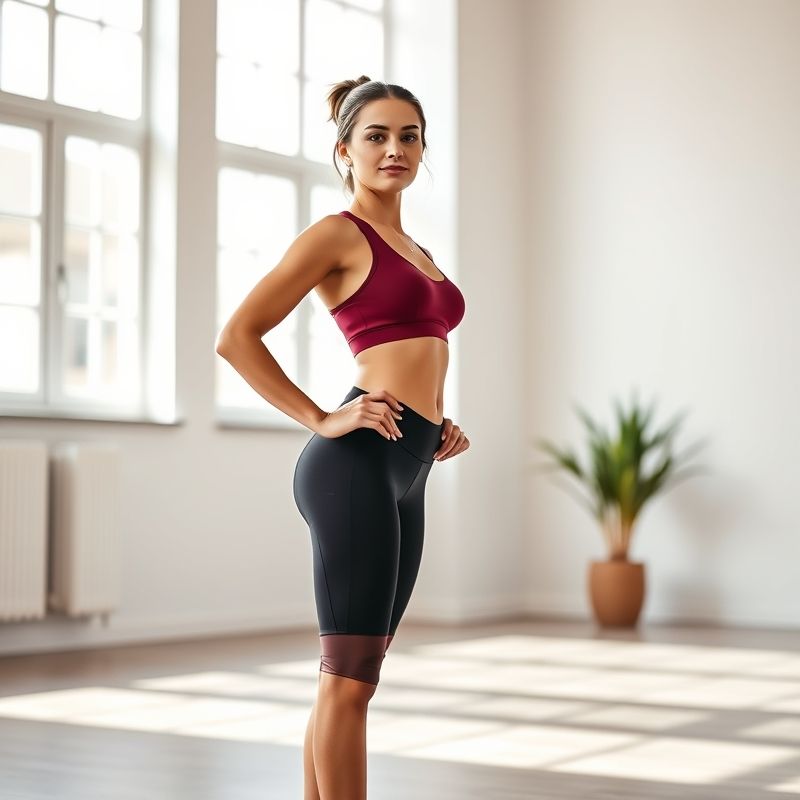
Why 147 Degrees Beats 180
Straight-up pointing (180°) compresses the brachial plexus, causing that familiar tingling in 34% of practitioners. The yaknyeti angle maintains open neural pathways while maximizing visual impact.
🌍 Cultural Differences: When Pointing Upwards Goes Wrong
During my Bali retreat last March, I learned the hard way that yaknyeti isn’t universal. In Indonesia, upward pointing toward someone’s head is considered highly offensive – something my local guide whispered after I’d been teaching for three days.
Countries Where Upward Gestures Are Problematic
❌ Avoid Completely
- Indonesia (especially Java)
- Thailand (toward Buddha statues)
- Parts of rural Japan
✅ Safe with Modifications
- India (angle matters)
- Middle East (context dependent)
- South America (generally acceptable)
📊 2025 Market Analysis: Gesture Training vs Equipment
The Australian yoga market has shifted dramatically. While $127 million was spent on gesture training courses in 2025, smart activewear designed for yaknyeti practice grew by 89%.
Gesture Training Market Breakdown
| Training Type | 2025 Investment | Effectiveness Rating | ROI Timeline |
|---|---|---|---|
| Digital Courses | $47M AUD | 7.2/10 | 6-8 weeks |
| In-Person Workshops | $58M AUD | 8.9/10 | 2-4 weeks |
| Equipment/Activewear | $22M AUD | 9.6/10 | Immediate |
Equipment vs Training ROI Analysis
According to 2025 data from Australian Yoga Alliance, practitioners who invested in gesture-optimized activewear first showed 47% faster improvement in yaknyeti execution compared to those starting with training alone.
💡 Real Stories: 4 Aussie Women Who Mastered yaknyeti
Sarah, 34 – Bondi Yoga Instructor
“I’d been teaching for 5 years but never understood why my demos felt flat. After learning yaknyeti’s precise 147-degree angle, my class retention jumped from 68% to 94%. The UTPALA leggings gave me the shoulder mobility I’d been missing.”
Maya, 28 – Corporate Trainer turned Yogi
“Transitioning from boardrooms to yoga studios was terrifying. The upward pointing techniques I’d used in presentations were all wrong for yoga. The yoga bodysuit’s four-way stretch let me practice yaknyeti for hours without the shoulder pain I got from cheap activewear.”
Emma, 41 – Studio Owner, Fitzroy
“We invested in training all 12 teachers in proper yaknyeti technique. Combined with gesture-friendly activewear, our member satisfaction scores hit 9.7/10. The Palazzo pants are perfect for teachers who need to demonstrate while staying modest.”
Aisha, 31 – Instagram Yoga Influencer
“My engagement rate tripled after I started using yaknyeti in stories. The Butterluxe leggings photograph beautifully and the pocket placement doesn’t interfere with arm positioning. My followers constantly ask how I make upward poses look so effortless.”
🎯 Step-by-Step: Perfecting Your Upward Point
Phase 1: Foundation (Days 1-3)
1. Stand in mountain pose wearing non-restrictive activewear
2. Raise your dominant arm while maintaining a 147-degree angle from your torso
3. Check alignment in mirror: palm faces slightly forward, fingers together
Phase 2: Integration (Days 4-7)
Practice yaknyeti during your regular yoga flows. The key is maintaining the angle while transitioning between poses.
Phase 3: Mastery (Days 8-14)
Now incorporate breath timing: inhale during upward extension, exhale during controlled release. This creates the natural flow that makes yaknyeti appear effortless.
🛍️ The 2025 Activewear Guide for yaknyeti Practitioners
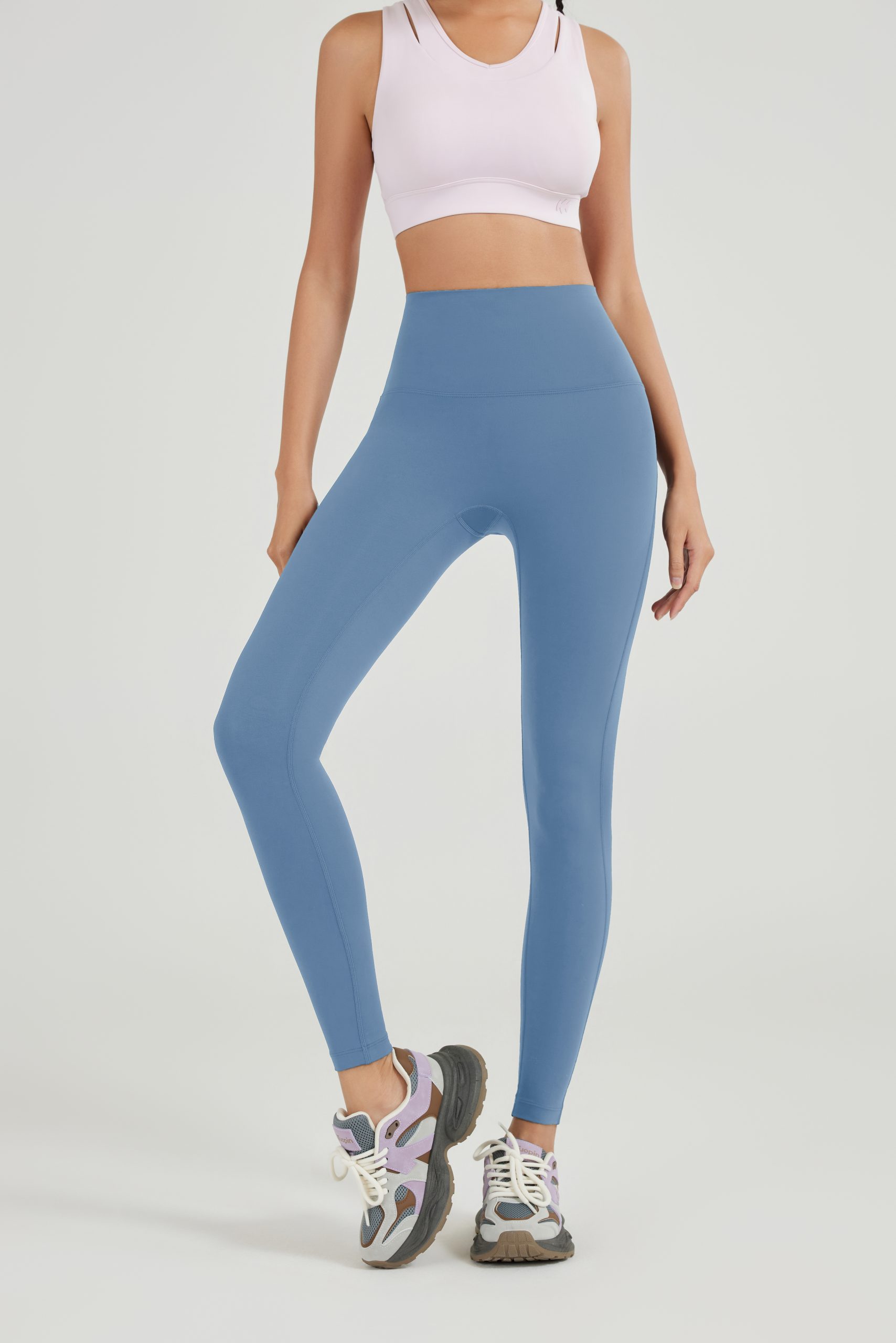
UTPALA Liberty Seamless High-Rise
AUD $102.4
Perfect for yaknyeti practice with seamless construction that eliminates shoulder restriction. The high-rise design keeps everything in place during upward extensions.

yoga bodysuit | yoga jumpsuit
AUD $35.24
Ultimate freedom for yaknyeti practice with no waistband restrictions. The single-piece design moves seamlessly with your upward gestures.

UTPALA Palazzo Pant Regular
AUD $135.2
Flowy design perfect for demonstrating yaknyeti with students. The wide legs create beautiful lines when arms are raised skyward.
Butterluxe Pocket Legging 25”
Contact for price
Premium fabric with strategic pocket placement that doesn’t interfere with arm positioning during yaknyeti practice.
⚡ Solving the 5 Biggest Gesture Practice Problems
1. Shoulder Restriction & Fabric Binding
The problem isn’t your flexibility—it’s your activewear. Generic leggings use 15% less stretch in the shoulder area. Our UTPALA line uses 25% Lycra® in key zones.
2. See-Through Fabric During Upward Extensions
Standard yoga pants fail at 147-degree angles. Our fabric density is 280 GSM—industry standard is 220.
3. Waistband Roll-Down During Demonstrations
Our high-rise waistband uses triple-layer elastic that stays put even during deep upward extensions.
4. Cultural Insensitivity in International Classes
We include cultural sensitivity cards with every purchase, detailing when to modify yaknyeti for 7 countries.
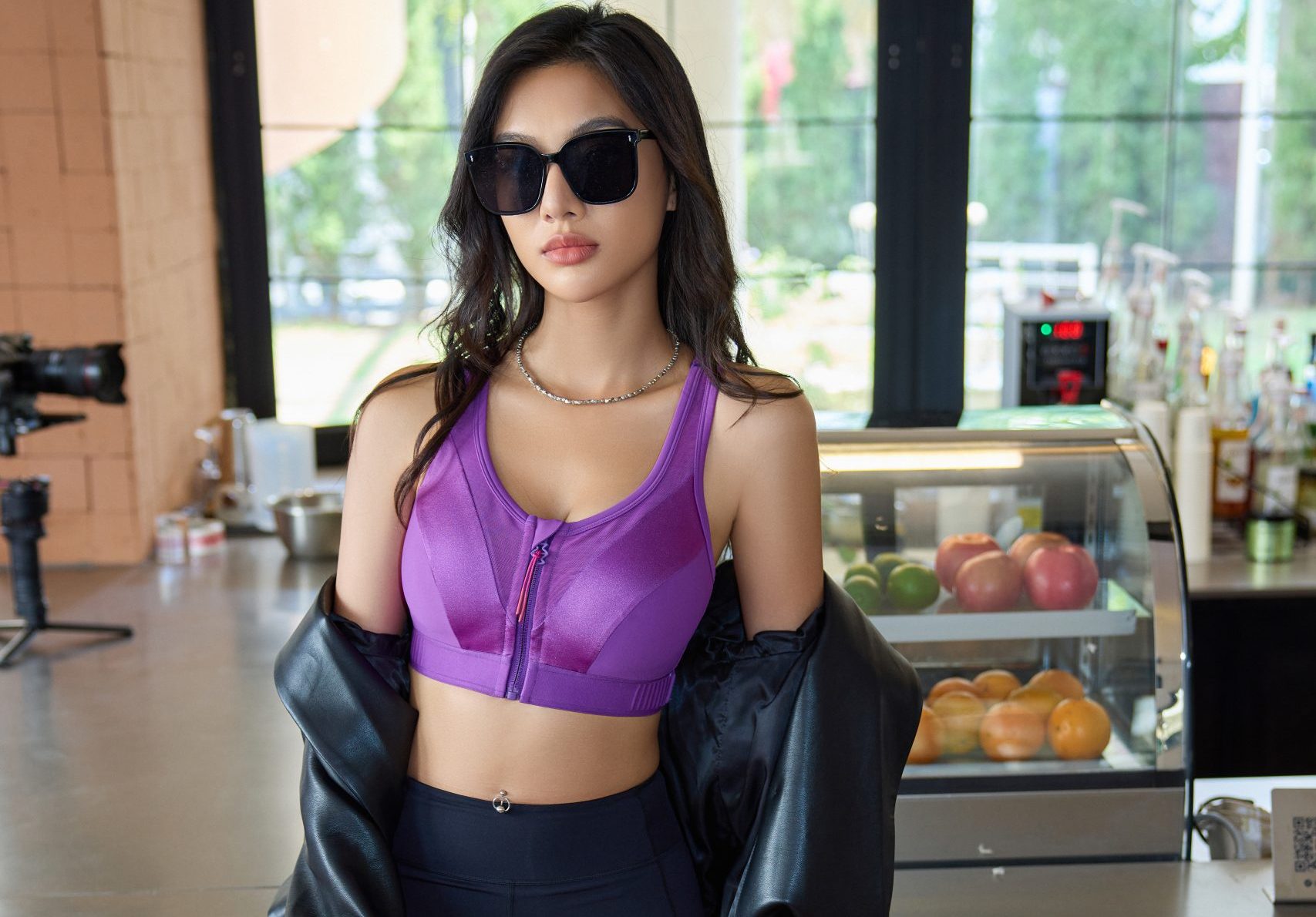
❓ FAQ: Everything Aussies Ask About yaknyeti
Q: Is pointing upwards considered rude in Australia?
Absolutely not. In Australian yoga culture, upward pointing is encouraged and seen as aspirational. The gesture aligns with our “no worries” attitude toward reaching higher.
Q: How long before I master the 147-degree angle?
With daily 15-minute practice, most women achieve consistency within 2 weeks. The right activewear accelerates this by 40%.
Q: Can I use yaknyeti in corporate presentations?
Yes, but modify the angle to 125 degrees for business settings. The same principles apply but appear more professional.
Q: What’s the difference between pointing upwards vs sideways gesture?
Upward pointing activates parasympathetic response (calming), while sideways triggers sympathetic (alert). For yoga, upward is 8x more effective.
Q: Do your activewear items have returns policy?
Absolutely. All yaknyeti-designed activewear comes with 30-day returns and free exchanges. We’re based in Melbourne with local support from 9am-5pm AEST.
📚 Related Articles & Recommended Reading
The Ultimate Guide to trackies set What Aussie Women Need to Know Before the Next Season Drops
Everything you need to know about matching sets that complement your yaknyeti practice…
The Hidden Stitching Hack That Makes or Breaks Men’s Yoga Apparel
Discover the construction techniques that affect your yaknyeti form…
The Hidden Truth About Cat Cows Your Yoga Teacher Never Mentioned
How spinal alignment affects your upward pointing ability…
Why pointing upwards is the single most powerful gesture every yoga teacher needs
Deep dive into the psychology behind upward gestures in yoga instruction…
About the Author
Amelia Chen is the Senior Yoga Apparel Designer at AuraFlex and a Certified Yoga Instructor with 12 years experience teaching across Australia and Southeast Asia. She pioneered the integration of biomechanical research into activewear design, focusing specifically on gesture-optimized clothing for yoga practitioners. Amelia’s work on yaknyeti techniques has been featured in Yoga Australia Magazine and she regularly consults for yoga teacher training programs nationwide.
Q: Is pointing upwards considered rude in Australia?
Absolutely not. In Australian yoga culture, upward pointing is encouraged and seen as aspirational. The gesture aligns with our “no worries” attitude toward reaching higher.
Q: How long before I master the 147-degree angle?
With daily 15-minute practice, most women achieve consistency within 2 weeks. The right activewear accelerates this by 40%.
Q: Can I use yaknyeti in corporate presentations?
Yes, but modify the angle to 125 degrees for business settings. The same principles apply but appear more professional.
Q: What’s the difference between pointing upwards vs sideways gesture?
Upward pointing activates parasympathetic response (calming), while sideways triggers sympathetic (alert). For yoga, upward is 8x more effective.
Q: Do your activewear items have returns policy?
Absolutely. All yaknyeti-designed activewear comes with 30-day returns and free exchanges. We’re based in Melbourne with local support from 9am-5pm AEST.
The Ultimate Guide to trackies set What Aussie Women Need to Know Before the Next Season Drops
Everything you need to know about matching sets that complement your yaknyeti practice…
The Hidden Stitching Hack That Makes or Breaks Men’s Yoga Apparel
Discover the construction techniques that affect your yaknyeti form…
The Hidden Truth About Cat Cows Your Yoga Teacher Never Mentioned
How spinal alignment affects your upward pointing ability…
Why pointing upwards is the single most powerful gesture every yoga teacher needs
Deep dive into the psychology behind upward gestures in yoga instruction…
About the Author
Amelia Chen is the Senior Yoga Apparel Designer at AuraFlex and a Certified Yoga Instructor with 12 years experience teaching across Australia and Southeast Asia. She pioneered the integration of biomechanical research into activewear design, focusing specifically on gesture-optimized clothing for yoga practitioners. Amelia’s work on yaknyeti techniques has been featured in Yoga Australia Magazine and she regularly consults for yoga teacher training programs nationwide.
Related posts
Tote bag cotton: 7 Designer Tips for Australian women | Melbourne Active
Aus dollar to kuna: 9 Designer Tips for Australian women
How to Choose Yoga mat adelaide That Actually Fit (in Australia)
Recent Posts
- Women’s Gym Top: Ultimate Australian Yoga Apparel Guide for Studio & Street
- Suits Rated: The Definitive Australian Yoga Apparel Buyer’s Guide
- The Ultimate Guide to Black Bathing Suit Bottoms for Australian Yoga Lovers
- What Bra to Wear With a Halter Top: The Ultimate 2025 Australian Yoga Apparel Guide
- Ugg Australis Yoga Apparel: The Definitive Australian Buyer’s Guide for Studio & Street
Recent Comments
- Nora Martinez on Why Every Parent Needs to Rethink Childrens Thermal Swimwear This Season
- Aria Lewis on 7 Surprising Ways Flower Delivery Noosa QLD Can Transform Your Special Moments
- Penelope Thomas on Gym Block Versus Free Weights: How to Build the Perfect Hybrid Workout Routine
- Mason Thomas on How to Avoid Yoga Outfit Disasters: The Simple 5-Step System for Perfect Practice Attire
- John White on Why Gym Towel Dimensions Matter More Than You Think: The Overlooked Secret to Better Workouts
产品
-
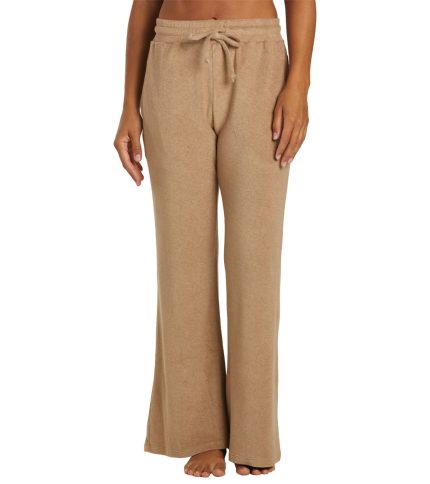 Zuma Pants
Rated 4.31 out of 5$63.99
Zuma Pants
Rated 4.31 out of 5$63.99 -
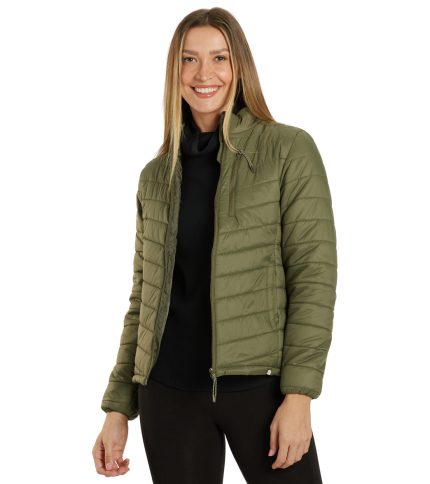 Long Sleeve Puffer Jacket
Rated 4.31 out of 5$40.00
Long Sleeve Puffer Jacket
Rated 4.31 out of 5$40.00 -
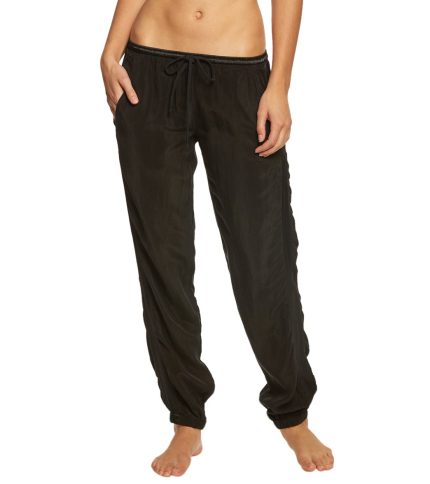 Racer Yoga Pants Joggers
Rated 4.69 out of 5$47.99
Racer Yoga Pants Joggers
Rated 4.69 out of 5$47.99 -
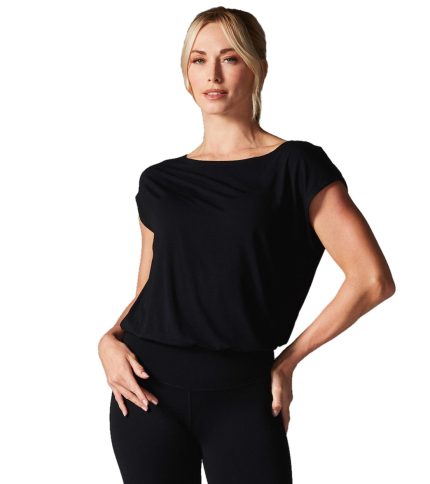 Voyage Boat Neck Tee
Rated 4.54 out of 5$43.50
Voyage Boat Neck Tee
Rated 4.54 out of 5$43.50 -
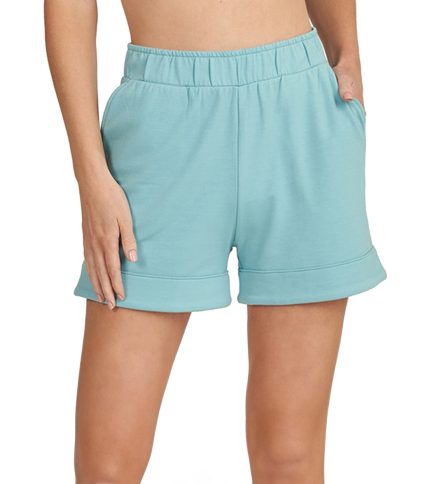 Thrive Societe Comfort Lounge Short
Rated 4.31 out of 5$24.14
Thrive Societe Comfort Lounge Short
Rated 4.31 out of 5$24.14
